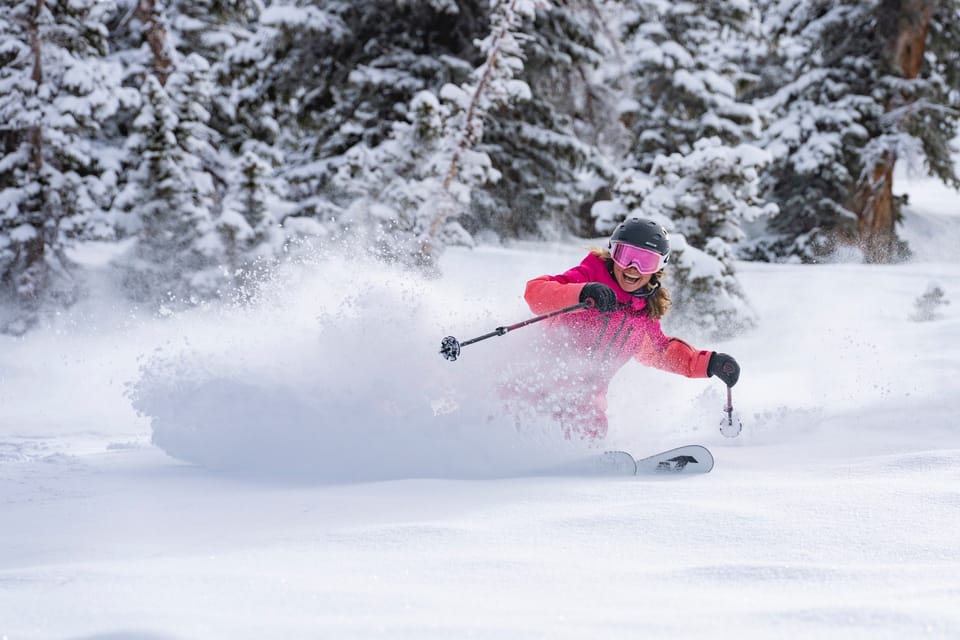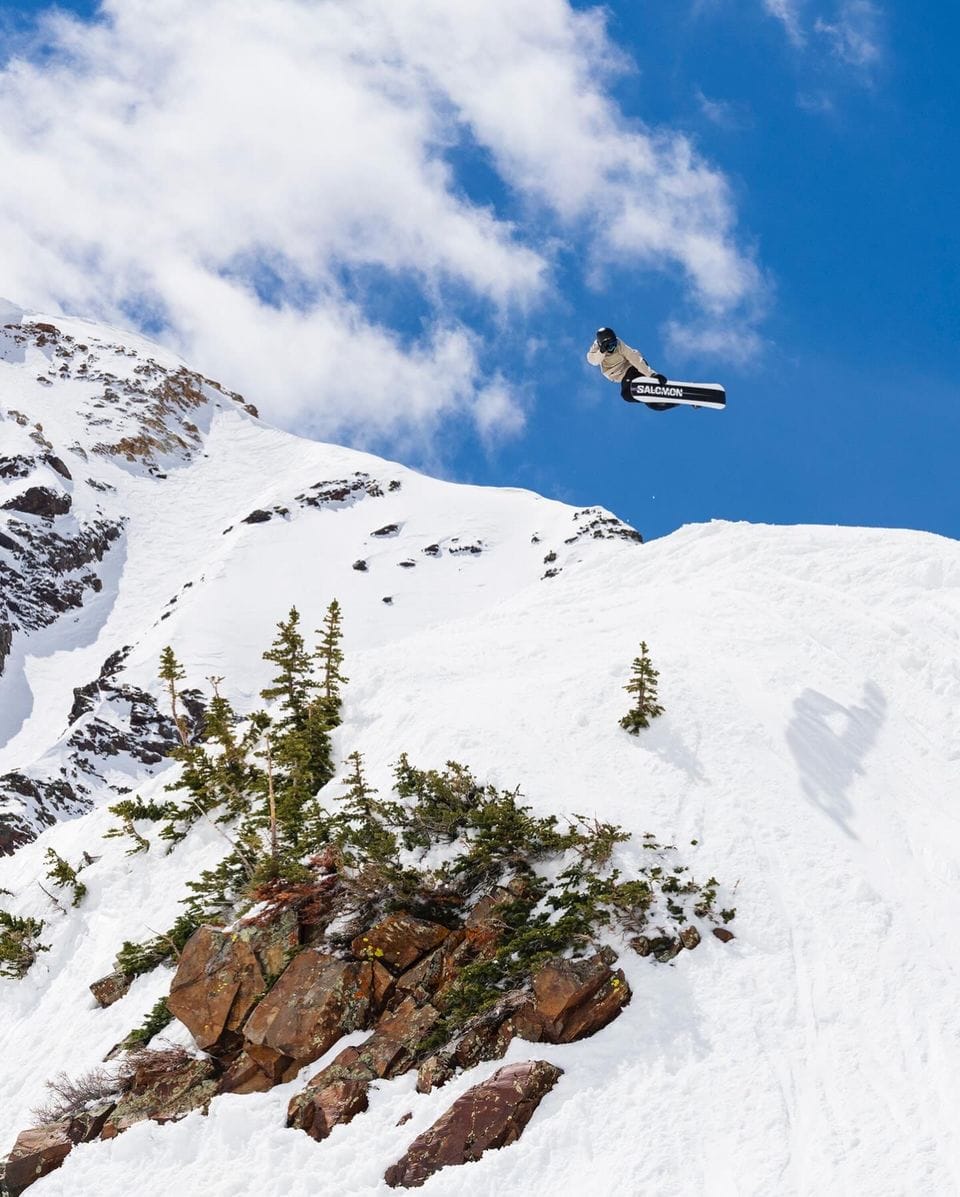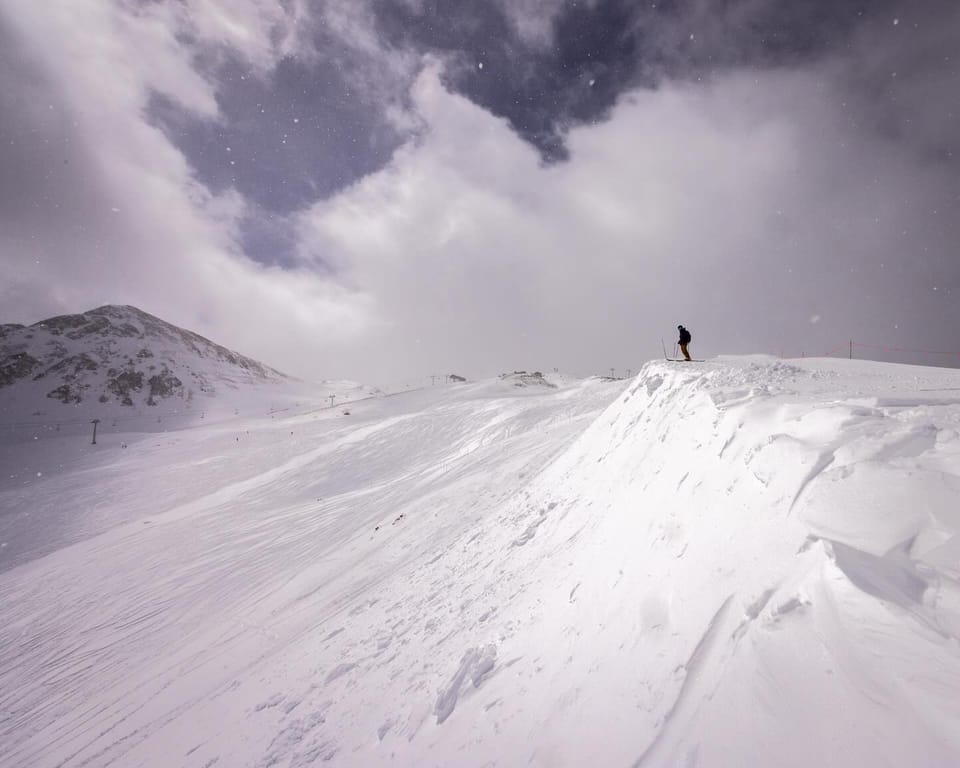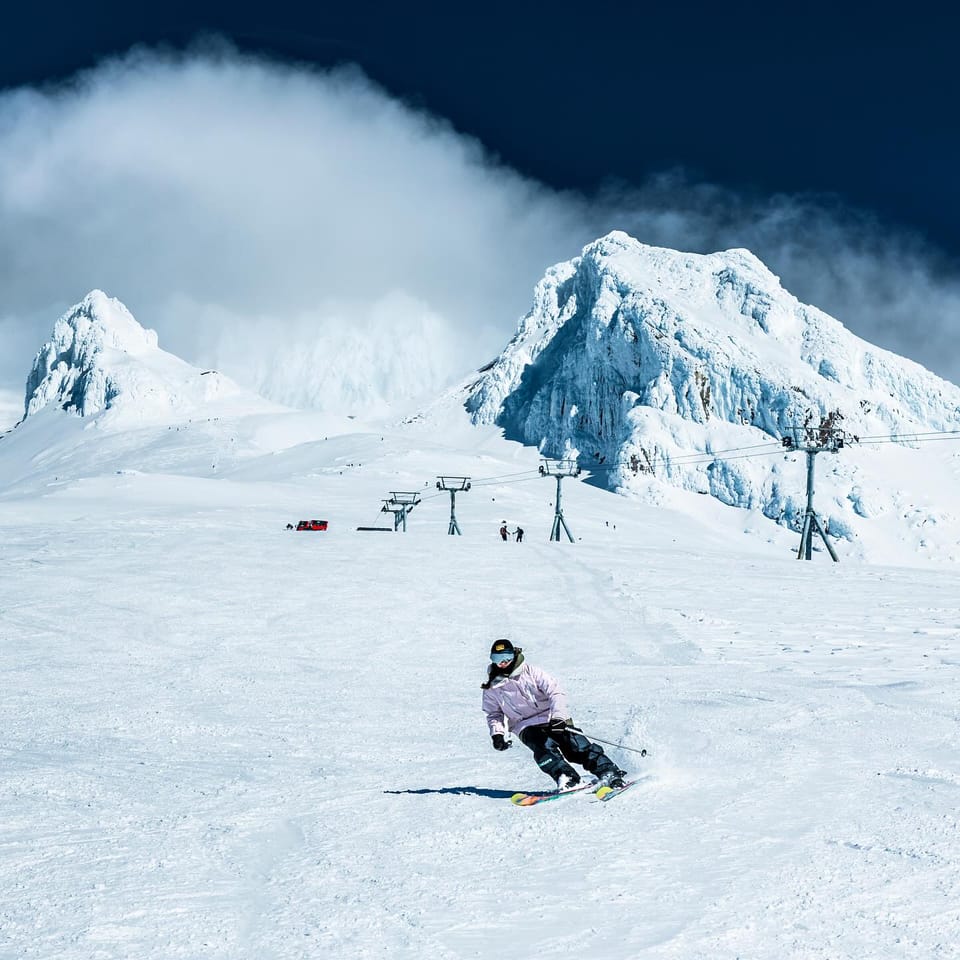Californian Ski Area Explains Just How Much Work Goes Into Their Snow Data Measurements
One of California and America’s biggest resorts, Palisades Tahoe, has explained in detail just how committed they are to providing accurate snow conditions information and all the work involved in doing just that.
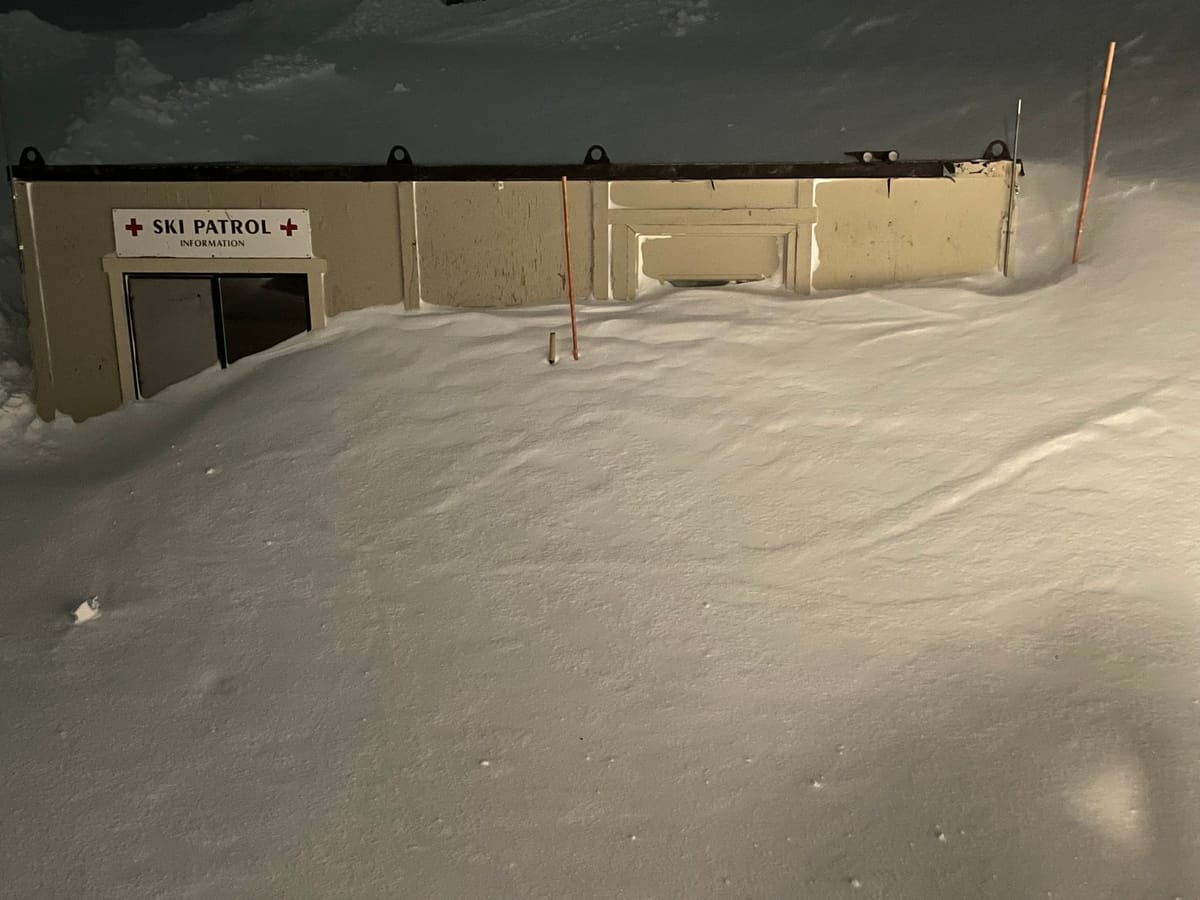
Snowfall data is crucial for skiers and riders to get an idea of what conditions are like in a resort, but ski resorts are often accused of massaging the numbers and putting the rosiest interpretation on the forecast for marketing purposes.
The truth is that there are, in most countries, no rules on how the data should be collected or how often it should be updated and there’s a vast range in the quality of information provided.
Now one of California and America’s biggest resorts, Palisades Tahoe, has explained in detail just how committed they are to providing accurate information and all the work involved in doing that.
“At Palisades Tahoe we are committed to reporting snow conditions honestly, accurately, and with transparency,” said a resort spokesperson, explaining that, “… While the process of measuring and reporting snow is relatively straightforward, we do have two base areas, 8 peaks, 14 zones, and 6,000 acres of skiable terrain. Snowfall totals from each storm can vary widely across our mountains which is why we have been consistently reporting snowfall totals from the same snow plots for many years.”
Palisades Tahoe say that staff are constantly tracking weather models and reading predictions from a number of sources to have an idea of what the day will look like before arriving on site at 5:30am.
Resort staff then follow a strict process that they say has been proven to be successful over many seasons. It’s repeated each and every day to distribute accurate overnight snowfall, 24-hour snowfall, 7-day snowfall, and base depth figures.
Measurements are taken from dedicated snow plots on both mountains at their base and upper elevation.
At Palisades Tahoe, the lower mountain snow plot is located outside of the Patrol Shack at 6,200 feet. The upper snow plot is located at the bottom of Belmont Chair just below High Camp.
At Alpine Meadows, the lower mountain snow plot is located to the east of the bottom Roundhouse terminal (6,950 feet). The upper mountain snow plot is located at approximately 8,000 feet – the bottom of South Perl in Alpine Bowl near the top of Roundhouse Chair.
“It is critical to measure in a flat area that is not directly exposed to the sun and features some protection from the wind. This should prevent scouring, wind loading, and enhanced melting to allow for a more accurate recording. With vastly different snow totals from top to bottom, it’s wise to have multiple measurements for greater accuracy, and that’s why we report figures for both upper and lower elevations,” the spokesperson continued.
The overnight snowfall total is measured from 5pm–5am and the 24-hour total is from 5am-5am. The snow stake is cleared at both 5am and 5pm. The base depth is measured at both intervals.
At 5am, the on-hill Grooming Supervisors at both Palisades and Alpine send a text message or email with the overnight snowfall total. Then 12 hours later at 5pm, the snowfall total since 5am is delivered by Ski Patrol at both mountains.
“As Groomers are on the hill overnight, they have a unique perspective of what transpired overnight. Likewise, Ski Patrol is on-hill all day and can report what we picked up with great accuracy. Their experience is critical. They have a trained eye that can spot wind loading or scouring, allowing for accurate reporting each and every day,” the spokesperson continued, adding, “We crosscheck the numbers received from Patrol/Grooming with data that is collected by remote sensors. These sensors track wind speed, temperature, snowfall accumulation, and total liquid collected.”
At Palisades Tahoe, sensors are located at the Palisades Base (6,200 feet), Belmont (8,000 feet), and the top of Siberia (8,700 feet).
At Alpine Meadows, the sensors are located at the bottom and top of Roundhouse Chair (6,950 feet – 7,880 feet), the bottom and top of Scott Chair (7,075 feet – 8,120 feet), the top of Scott (8,120 feet), and the top of the Summit (8,643 feet).
“During storms, particularly if winds or avalanche danger prevent patrol from getting to the upper elevations for a measurement, it’s great to have a resource to see what the snow totals are looking like,” the spokesperson added.
It’s important to consider that wind loading/drifting can skew the new snowfall totals on the sensors during a storm, so be sure to take these numbers with a grain of salt before telling your friends how much new pow dropped in overnight. If it seems too good to be true, it could be the result of wind loading along the sensor, making snow totals appear to be more than they truly are, or wind scouring, making totals appear less than they truly are.
The information Palisades Tahoe then distributes, like most other resorts, revolves around base depth, overnight snowfall total, 24-hour snowfall, and 7-day snowfall.
Base depth means how deep the snowpack is at a given elevation. Due to settling, melting, and sublimation, the base depth will always be less than the season snowfall total. Palisades Tahoe reports base depths from the base and approximately 8,000 feet at each mountain.
While some North American resorts choose to use a single ‘average’ base depth number, Palisades Tahoe prefer to provide additional information to further illustrate current conditions and remain transparent.
The overnight snowfall total is measured from 5pm when Ski Patrol clears the snow stake until 5am when the Grooming Supervisor clears it off.
Experienced skiers and riders appreciate this information because it shows the amount of snow that has yet to be skied, having fallen after the mountain closed the day before.

